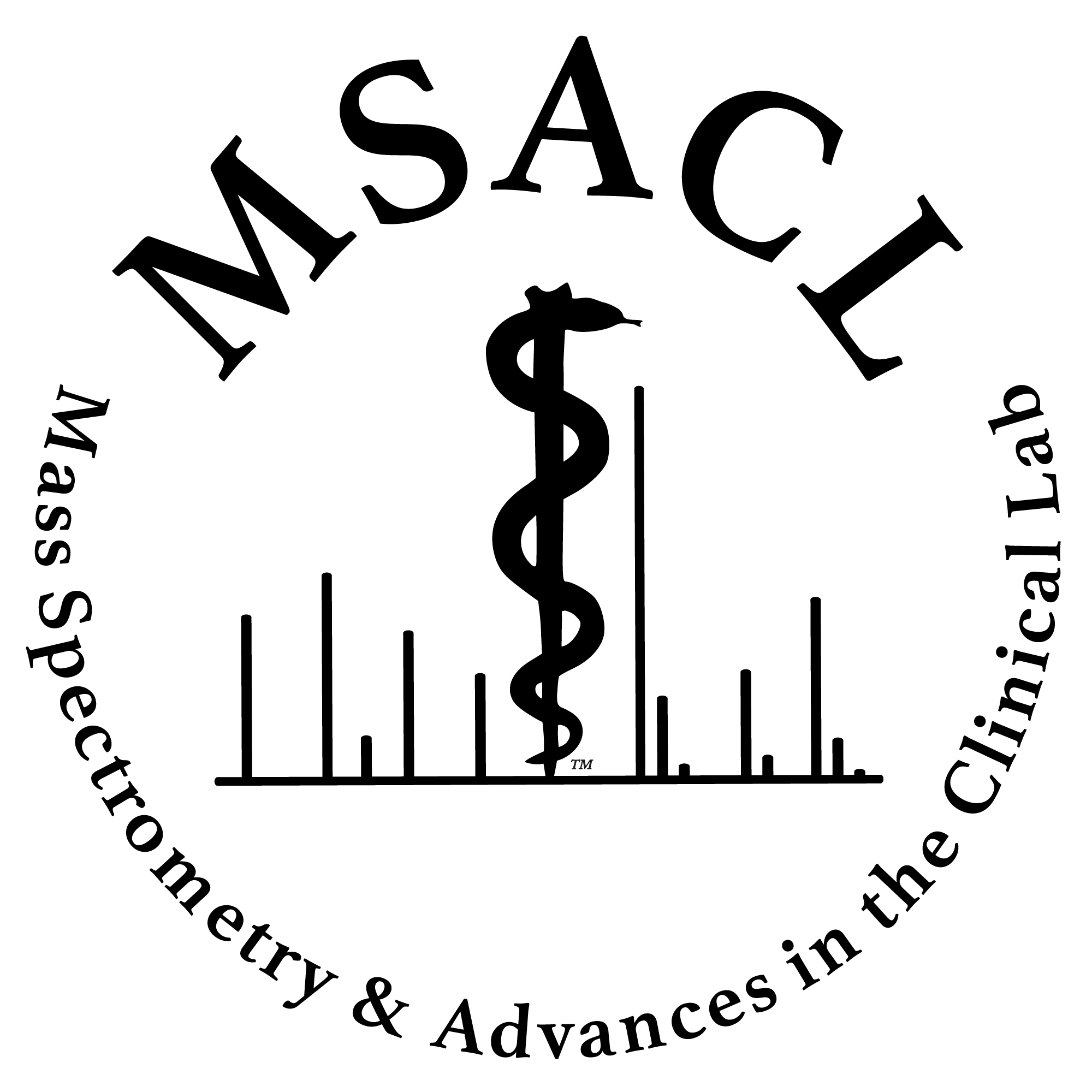|
Abstract Introduction:
The evaluation of hormone levels in blood and serum have been used to diagnose various diseases and even indicate early signs of a health decline. Some of these hormones include testosterone, progesterone, cortisol, and DHEA, but many others are evaluated. Although current processes are accurate, blood sample collection is considered invasive and potentially uncomfortable for patients, leading scientists to look at other possible non- less invasive collections. One avenue is hormone testing in saliva; saliva can be collected in relatively large amounts (mL) without any invasive measures taken, making it the perfect candidate for clinically relevant testing.
In this study, 9 hormones were evaluated in pooled neat saliva. Utilizing a Tip-on-Tip Solid Phase Extraction (ToT SPE, patent pending) technique with SupelTM Swift HLB (MilliporeSigma), we were able to establish LOQ as low as 1 ppt for some steroids and recoveries averaging 85% or more. for all steroids.
Objectives
Using automation, establish a fast, robust, and sensitive extraction method for the analysis of non-polar hormones in saliva.
Methods:
A MICROLAB® NIMBUS96 automated liquid handler (ALH) was utilized for sample preparation. Saliva was aliquoted into a well plate (1000 µL) that contains 10 mg HLB per well. Internal standards was were spiked into the sample (10 µL). The well plate was then loaded onto MICROLAB® NIMBUS96 system for the rest of the automated protocol. The ALH transfers 500 µL of 30% MeOH into sample well plate and mixes 30 times. The sample is allowed to settle for 3 minutes before 1 mL of supernatant is removed and placed in a waste reservoir. A fresh set of tips is used to transfer and mix 500 µL of 30% MeOH with the sample wells. The filtration tips are placed on the DPX vacuum block (on ALH deck). The sample is then loaded onto the filtration tip, collecting the analyte bound HLB sorbent. The ALH then picks up a set of 300 µL tips for wash transfer- wash 1 is 200 µL of 100% H2O and wash 2 is a subsequent 200 µL of 30% MeOH. The DPX vacuum block then dries the tips for 15 minutes. Once the sorbent is dry, the ALH takes a fresh set of tips, aspirates 275 µL of ACN, goes Tip-on-Tip with the HLB loaded DPX Filtration tips, moves to a new well plate location, and dispenses the ACN through the HLB sorbent for elution. The eluent is then dried down and re-constituted in 100 µL of 75% MeOH for a final concentration factor of 10:1 (1000 µL of saliva to 100 µL of 75% MeOH). The entire automated method takes 35 minutes for 96 samples.
The analysis was performed on an Agilent 1290 LC system coupled with a SCIEX 6500+ tandem mass spectrometer. The chromatographic method was performed achieved on an Agilent InfinityLab Poroshell 120 EC-C18, 3.0 x 100 mm, 2.7 µm, solvent saver LC with a 10 µL injection volume. The column was heated to 45 °C, and the mobile phases were [A] 0.1% formic acid in water and [B] 0.1% formic acid in methanol. Mass spectrometer source parameters included a curtain gas of 35 psi, collision gas of 8 psi, and for positive mode, an IonSpray voltage of 4500 was used. The source temperature was set to 600˚C and 60 psi was used for both ion source gases. Matching internal standards were used for each analyte.
Results:
The linear dynamic range, extraction recovery and matrix effects were evaluated with a three-day study (SWGTOX). Recoveries for all analytes ranged from 85%-100% with matrix effects suppression of 5%-18% ion suppression at 5 ng/mL concentration. The linearity was calculated using 10 data points run in triplicate (n=3) each day, giving a data set of n=9 for all analytes. The limit of detection for each analyte was verified based on linear calibration calculations from the 3-day study. Correlation coefficients for the linear calibration plots for all 9 analytes ranged from 0.997-1.00, and % C.V. values were less than 10% for all analytes for inter-day and intra-day precision. Patient samples were evaluated for accuracy and precision separately.
Conclusion:
Due to the viscosity of saliva collected from patients, the use of solid phase extraction (SPE) has been difficult to perform by conventional methods. However, ToT SPE allows for even the most difficult matrices to be extracted using SPE. This automated method of extracting and analyzing steroids is reproducible, high throughput, and provides rapid turnaround time for patient samples.
|

